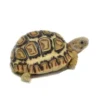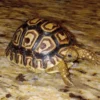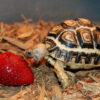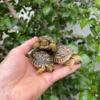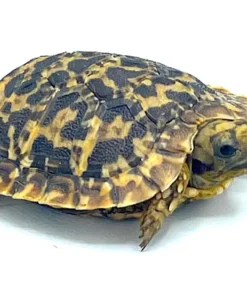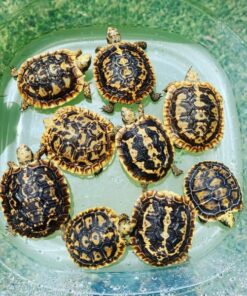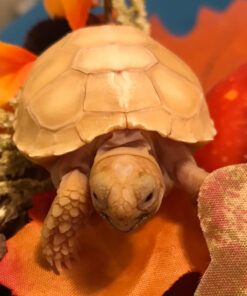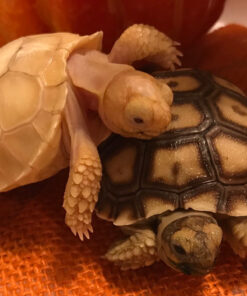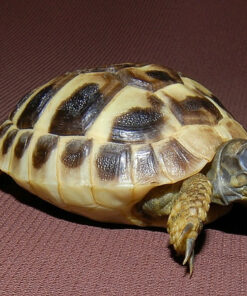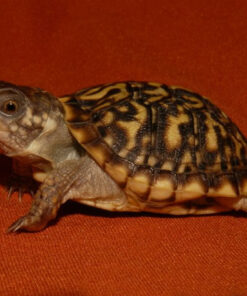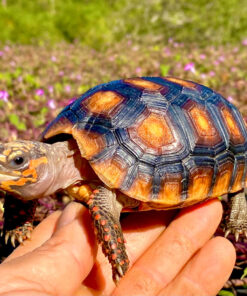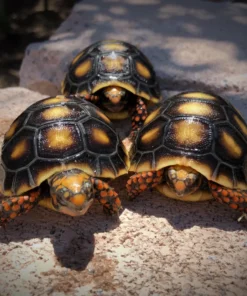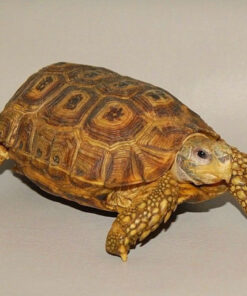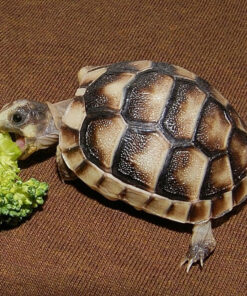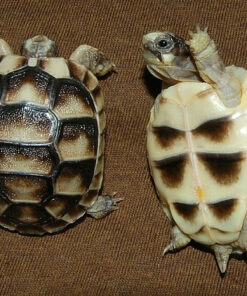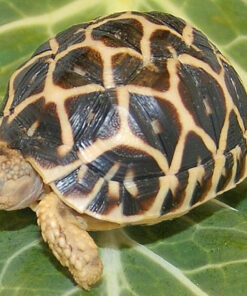$199.00
Don’t miss the opportunity to own a Leopard Tortoise. Browse our selection and bring home this extraordinary reptile that will add beauty and charm to your life.
SKU: N/A
Category: TORTOISE for sale
Tags: Buy Leopard Tortoise, Buy Leopard Tortoise online, CA, female leopard tortoise for sale, Leopard Tortoise, Leopard Tortoise for Sale, leopard tortoise for sale california, Leopard Tortoise for Sale near me, leopard tortoise for sale near Oakland, leopard tortoise for sale near San Francisco, Leopard Tortoise for Sale online, leopard tortoise hatchling for sale, leopard tortoise hatchlings for sale, Leopard Tortoise shop, Leopard Tortoise store
Leopard Tortoise for Sale : Your Ultimate Guide to These Majestic Reptiles
If you’ve been captivated by the beauty and unique charm of the leopard tortoise, you’re not alone. This species, known for its distinctive, spotted shell and gentle demeanor, has become a popular choice among reptile enthusiasts. Whether you’re searching for a leopard tortoise for sale near me or are interested in acquiring a baby leopard tortoise for sale, understanding what to expect before making a purchase is essential. This guide will cover everything you need to know about the leopard tortoise, including care requirements, common issues, and where to find one.
The Allure of the Leopard Tortoise
The leopard tortoise (Stigmochelys pardalis) is one of the most visually striking tortoises, native to the savannas of eastern and southern Africa. Its unique shell pattern, resembling a leopard’s spots, makes it a favorite among reptile collectors and pet owners.
1. Physical Characteristics
The leopard tortoise is known for its beautiful, patterned shell, which features a mix of black, brown, and yellow spots. These markings are not only visually appealing but also serve as a natural camouflage in their native habitat. The shell pattern of each tortoise is unique, much like human fingerprints.
As hatchlings, baby leopard tortoises are small and delicate, typically measuring just a few inches in length. They grow steadily, reaching sizes of 10 to 18 inches as adults. Their shell patterns may change slightly as they mature, but they maintain their distinctive appearance throughout their lives.
2. Lifespan
One of the reasons the leopard tortoise is such a popular pet is its impressive lifespan. With proper care, these tortoises can live for 50 to 100 years. This long lifespan means that owning a leopard tortoise is a significant commitment, but it also offers the chance to form a lifelong bond with a unique and captivating pet.
Caring for Your Leopard Tortoise
Owning a baby leopard tortoise requires understanding and commitment to their specific care needs. These tortoises have particular habitat, dietary, and health requirements that must be met to ensure they thrive.
1. Habitat Requirements
Creating the right environment for your leopard tortoise is crucial. Their habitat should mimic their natural savanna and semi-arid conditions.
Enclosure Size: For baby leopard tortoises, a smaller enclosure is sufficient initially, such as a 20-gallon tank or a small tortoise table. However, as they grow, they will need a much larger space. Adult tortoises require an enclosure that is at least 8 feet long and 4 feet wide, or a similarly sized outdoor enclosure.
Substrate: Use a substrate that mimics the natural environment of the leopard tortoise. A mix of soil, sand, and coconut coir works well. Avoid substrates that retain excessive moisture, as leopard tortoises prefer a dry environment.
Temperature and Humidity: Baby leopard tortoises require a warm environment to thrive. The basking area should be heated to 90-95°F, while the ambient temperature in the enclosure should be around 75-85°F. Maintain humidity levels around 40-50% to simulate their natural habitat.
Basking Area: Provide a basking spot with a heat lamp to allow your tortoise to regulate its body temperature. This area should be warm enough to encourage basking but should also offer cooler areas for the tortoise to move to when needed.
Lighting: UVB lighting is essential for leopard tortoises. It helps them synthesize vitamin D3, which is vital for calcium absorption and healthy shell development. Ensure your tortoise has access to UVB light for 10-12 hours a day.
2. Diet and Nutrition
A balanced diet is key to the health of your baby leopard tortoise. These tortoises are herbivores and their diet should closely resemble what they would eat in the wild.
Food Types: Offer a variety of grasses and hays, such as Timothy hay, Bermuda grass, and orchard grass. You can also provide leafy greens like romaine lettuce, dandelion greens, and collard greens. While fruits can be given occasionally, they should not make up a large portion of the diet.
Calcium and Vitamins: Baby leopard tortoises need a calcium supplement to support healthy shell growth. Dust their food with calcium powder a few times a week. Additionally, ensure they receive enough vitamin D3 through UVB lighting or exposure to natural sunlight.
Water: Provide a shallow dish of clean, fresh water at all times. While leopard tortoises are adapted to arid conditions, they still need water for hydration and occasional soaking.
3. Health and Common Issues
Maintaining the health of your leopard tortoise involves being aware of common health issues and addressing them promptly.
Respiratory Infections: These can occur if the tortoise is exposed to cold temperatures or high humidity. Symptoms include wheezing, nasal discharge, and lethargy. Consult a reptile veterinarian if you notice these signs.
Shell Pyramiding: Pyramiding is a condition where the scutes (shell segments) grow unevenly, creating a pyramid-like appearance. This condition can be caused by poor diet, lack of calcium, or insufficient UVB exposure. Ensure a balanced diet and proper lighting to prevent this issue.
Parasites: Leopard tortoises can be affected by internal parasites. Regular fecal exams can help detect and treat parasitic infections early.
Where to Find a Leopard Tortoise for Sale
If you’re interested in buying a leopard tortoise, knowing where to look is crucial. Here’s a guide to finding the right source.
1. Reputable Breeders
Purchasing from a reputable breeder is often the best way to ensure that you’re getting a healthy, well-cared-for baby leopard . Look for breeders who specialize in leopard and who can provide detailed information about the tortoise’s health and care.
When buying from a breeder, ask about the tortoise’s diet, health history, and living conditions. A reputable breeder will be transparent about these aspects and will have a genuine interest in the well-being of their tortoises.
2. Online Reptile Stores
Many online reptile stores offer leopard for sale. This can be a convenient option if local breeders are not available. However, make sure to research the store thoroughly before making a purchase.
Check customer reviews and look for stores that offer live arrival guarantees. This ensures that your tortoise will be shipped safely and in good health. Be sure to review the store’s shipping policies and any additional costs associated with the purchase.
3. Pet Stores
While some pet stores do carry leopard t, they may not always offer the best care for their reptiles. If you decide to buy from a pet store, carefully inspect the tortoise’s living conditions and ask the staff about its health and care history.
Ensure that the store maintains clean and appropriate living environments for their animals. Avoid purchasing from stores that keep tortoises in overcrowded or unsanitary conditions.
Leopard Tortoise Price : What to Expect
The price of a leopard can vary based on several factors, including the tortoise’s age, health, and where you purchase it.
Price Range: Generally, baby can cost anywhere from $200 to $500. Prices may vary depending on the tortoise’s lineage, pattern quality, and the seller.
Additional Costs: In addition to the purchase price, consider the ongoing costs associated with tortoise care. This includes the cost of a suitable enclosure, heating and lighting equipment, food, and veterinary care.
Legal Considerations
Before purchasing a baby l , it’s important to check the legal regulations in your area. Some regions have restrictions or require permits for owning tortoises, especially if they are considered protected or endangered species.
Research the local laws and regulations regarding tortoise ownership to ensure that you comply with any requirements. This will help you avoid potential legal issues and ensure that you can provide a proper home for your new pet.
Conclusion
Owning a leopard can be a rewarding experience, offering years of companionship with a fascinating and beautiful reptile. Whether you’re looking for a tortoise for sale near me or interested in a baby leopard tortoise for sale, understanding the care requirements and responsibilities involved will help ensure a successful and fulfilling ownership experience.
From setting up the perfect habitat to providing a balanced diet and addressing health concerns, proper care is key to maintaining a healthy and happy tortoise. By following the guidelines outlined in this guide and choosing a reputable source for your tortoise, you’ll be well on your way to enjoying the company of one of nature’s most remarkable reptiles.
| sex | Female, Male |
|---|
Related products
Sale!
TORTOISE for sale
Baby Pancake Tortoise for Sale – Exotic Pet with Unique Shell
TORTOISE for sale
$249.00
TORTOISE for sale
$249.99
TORTOISE for sale
$399.99
TORTOISE for sale
$274.99
TORTOISE for sale
$159.99
TORTOISE for sale
Baby Marginated Tortoise for Sale – Adopt the Perfect Exotic Pet
$124.99
TORTOISE for sale
$349.99

